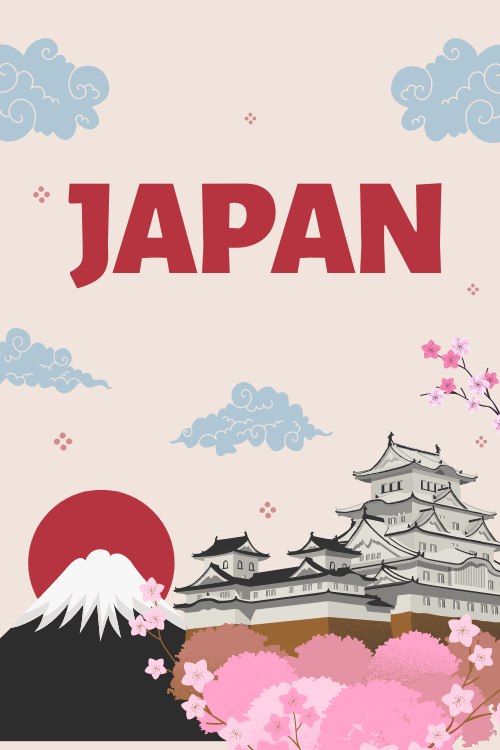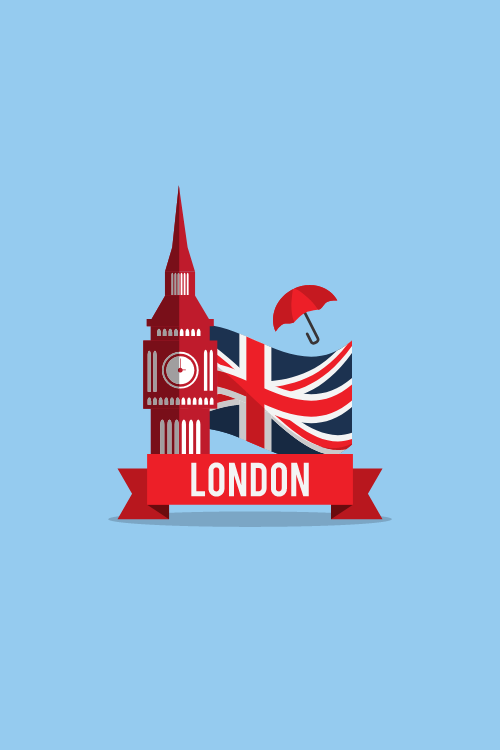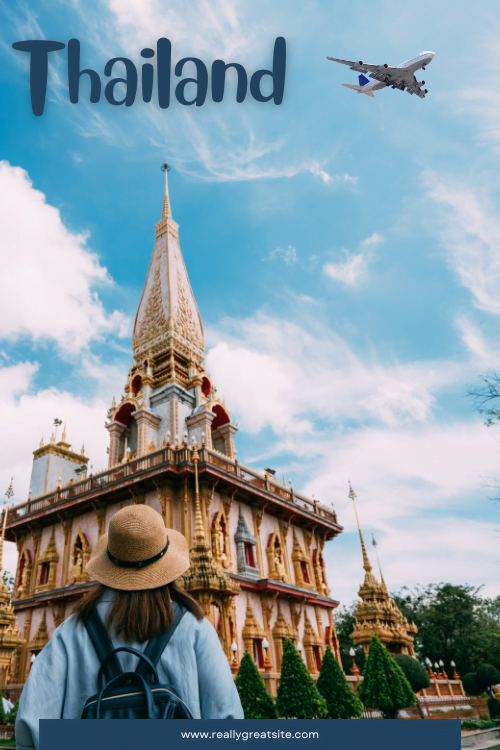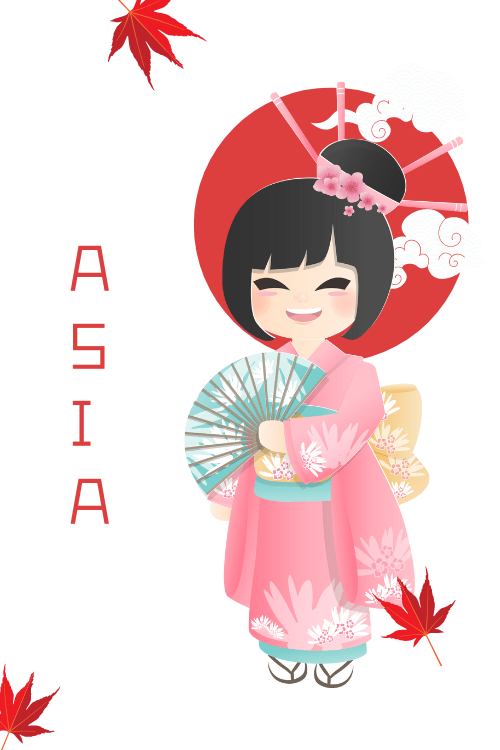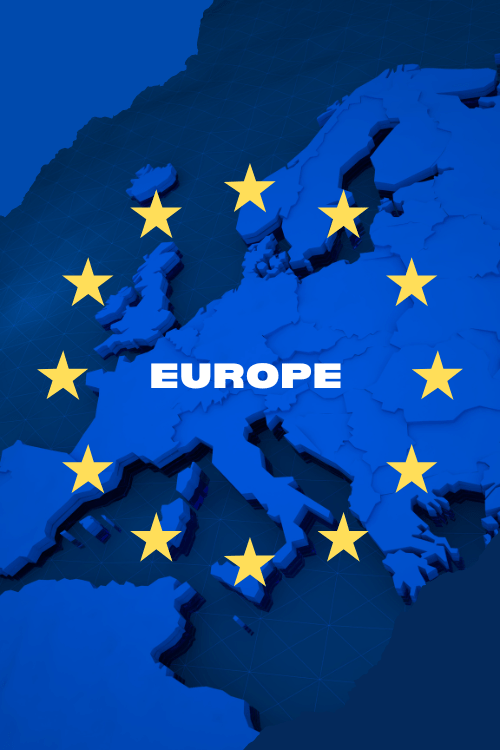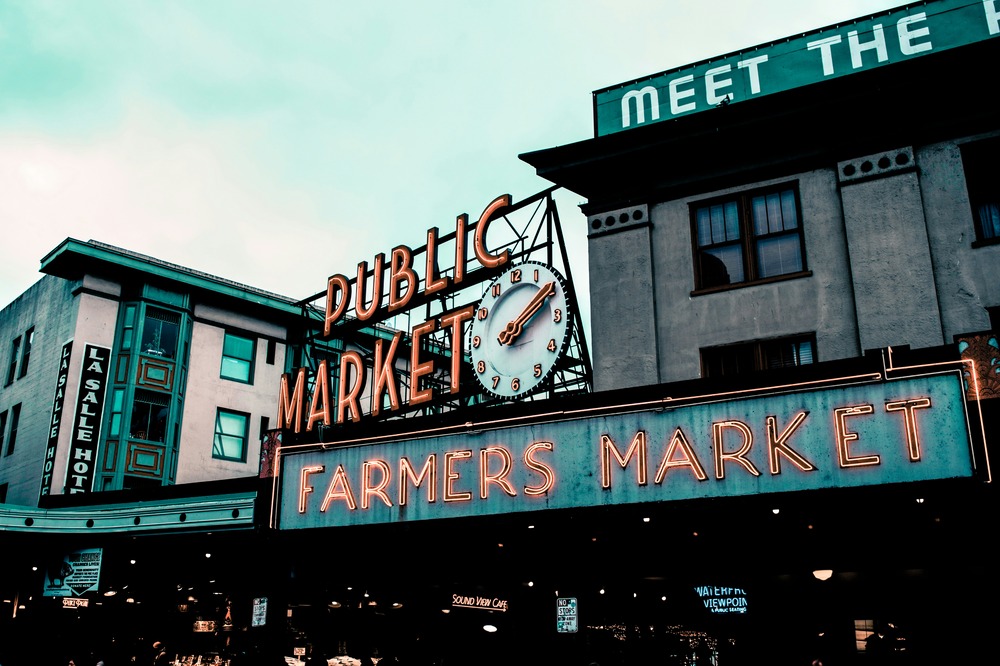eSIM USA
Best Time To Visit Seattle (2025 Guide)
Seattle’s appeal lies in its balance of urban energy and natural grandeur. Nestled between Puget Sound and the Cascade Range, the city offers a unique “modified Mediterranean” climate—cool, wet winters contrast with warm, dry summers.
While its reputation for rain persists, visitors often overlook how these seasonal shifts impact both the landscape and local culture: summer’s long daylight hours energize outdoor festivals, while winter’s gray skies amplify the coziness of its coffeehouse scene and museums.
This guide cuts through assumptions to analyze Seattle’s practical realities.
You’ll learn:
- Why Seattle’s ‘Rainy’ Reputation is a Tourist Trap… and How to Dodge 63% of the Downpours While Snagging 75 Days of Annual Sunshine
- The Essential Summer Survival Kit 92% of Visitors Forget (Hint: It’s Not Rain Gear – It’s for the 85°F Heatwaves and Wildfire Smoke)
- The Hotel Price Surge Most Tourists Never See Coming – and 3 Insider Tricks to Slash July Rates to January Levels
- How Winter’s Chill Warms into Secret Jazz Cellars and Dive Bars Even Google Maps Can’t Find
Whether prioritizing weather, budget, or cultural immersion, timing your visit thoughtfully ensures you experience Seattle at its best.
Thanks for visiting our blog, are you planning to travel to Hawaii? Check out our United States eSIM. Get mobile data without physical SIM cards or paying for global roaming.
Weather Wonders: Navigating Seattle’s “Mediterranean” Climate
Seattle’s modified Mediterranean climate defies its rainy reputation. Characterized by dry summers (July-August averages <1 inch of rain) and mild, wet winters, it shares similarities with coastal California but with cooler temperatures. While annual rainfall (38 inches) is lower than cities like New York, overcast skies dominate 201 days per year, concentrated in October-March.
Recent trends complicate this pattern: Summer heatwaves now frequently push temperatures above 85°F, and wildfire smoke from regional forests can create hazardous air quality between July-September. Visitors should monitor platforms like AirNow.gov and pack N95 masks during these months.
Seasonal Snapshot:
Spring (March-May)
Temperatures rise steadily from 54°F to 65°F, with rainfall dropping sharply (3.7 inches in March to 1.9 inches by May). Blooming cherry blossoms and tulip fields offset lingering gray skies.
| Month | Average High (°F) | Average Low (°F) | Average Rainfall (inches) |
|---|---|---|---|
| March | 54 | 39 | 3.70 |
| April | 58 | 42 | 2.68 |
| May | 65 | 47 | 1.93 |
Summer (June-August)
Peak sunshine (75% clear days in July) brings highs of 76°F. Note: Puget Sound waters remain frigid (55°F max), limiting swimming to brave souls.
| Month | Average High (°F) | Average Low (°F) | Average Rainfall (inches) |
|---|---|---|---|
| June | 70 | 52 | 1.54 |
| July | 76 | 56 | 0.67 |
| August | 76 | 56 | 0.87 |
Fall (September-November)
Rain returns gradually, with November averaging 6.5 inches. Early fall offers warm days (70s°F in September) for hiking amid vibrant foliage.
| Month | Average High (°F) | Average Low (°F) | Average Rainfall (inches) |
|---|---|---|---|
| September | 71 | 52 | 1.42 |
| October | 60 | 46 | 3.46 |
| November | 51 | 40 | 6.54 |
Winter (December-February)
Overcast and damp (5.5-inch monthly rain average), with rare snow (1-2 days annually). Nearby ski resorts like Snoqualmie Pass thrive during this season.
| Month | Average High (°F) | Average Low (°F) | Average Rainfall (inches) |
|---|---|---|---|
| December | 46 | 36 | 5.31 |
| January | 47 | 37 | 5.55 |
| February | 50 | 37 | 3.46 |
Shoulder Seasons: Ideal Windows For A Balanced Exploration
Seattle’s transitional periods—April-May and September-October—provide visitors with a pragmatic middle ground.
These months sidestep summer’s crowds and winter’s persistent rain while delivering distinct seasonal advantages, making them ideal for travelers prioritizing value and authenticity.
Spring Shoulder (April-May)
April marks Seattle’s climatic turning point, with temperatures rising from the 50s°F to mid-60s°F and rainfall halving between March (3.7 inches) and May (1.9 inches).
This window aligns with the Skagit Valley Tulip Festival (April), where vibrant fields bloom 60 miles north of the city, and the University of Washington’s iconic cherry blossoms reach peak color in late March to early April.
Trails such as Rattlesnake Ledge shed their winter snow, offering hikers crisp mornings (often starting in the 40s°F) that warm into sunny afternoons—layered clothing is essential.
Fall Shoulder (September-October)
September retains summer’s warmth (70s°F) with minimal rain (1.4 inches), while October cools into the 50s°F and sees increased rainfall (3.5 inches).
Early fall is prime for hiking among golden maples in Discovery Park or attending cultural highlights like the Earshot Jazz Festival, though visitors should monitor air quality for lingering wildfire smoke.
By late October, farmers markets brim with autumn harvests—think heirloom apples and chanterelle mushrooms—and hotel rates dip by 20-30% compared to summer peaks.
Key Advantages:
Crowds thin significantly during these periods, with attractions like Pike Place Market seeing 40% fewer visitors.
This eases access to sought-after reservations at restaurants like The Walrus and the Carpenter and reduces competition for guided tours.
Meanwhile, the temperate weather supports diverse activities, from urban exploration to scenic drives along Chuckanut Highway.
Peak Season: Navigating Summer’s Highs and Lows
Seattle’s summer (June-August) draws visitors with reliably warm, dry weather—average highs of 76°F and less than 1 inch of monthly rainfall.
These months maximize outdoor opportunities, from kayaking on Lake Union to hiking Mount Rainier’s wildflower-strewn trails. However, the season’s popularity demands strategic planning to mitigate its challenges.
Advantages
Long daylight hours (16+ hours in June) extend exploration time, aligning with festivals like Bumbershoot (music/arts) and Seafair Weekend, where hydroplane races and aerial shows dominate Lake Washington.
Waterfront attractions, such as ferry rides to Bainbridge Island, operate at full capacity, and alpine trails like Snow Lake become snow-free by July.
Considerations
Hotel rates can surge by 87% compared to winter (for example $343/night average vs. $184), while popular tours (e.g., Pike Place Market food walks) often sell out weeks in advance.
Urban heat islands can push temperatures 10°F higher in downtown neighborhoods, and wildfire smoke—now a recurring late-summer issue—may require adjusting outdoor plans.
Tip: Book accommodations and activities by March for August visits, and prioritize morning outings to avoid crowds at landmarks like the Space Needle.
Hidden Opportunities
Lesser-known beaches (Golden Gardens Park) and weekday visits to major museums (Chihuly Garden and Glass) offer respites from peak crowds. For budget-conscious travelers, suburban hubs like Bellevue provide cheaper lodging with light-rail access to downtown.
Off-Peak Season: Embracing Seattle’s Quiet Charm
November to February reveals a quieter, introspective side of Seattle. While frequent rain (5-6 inches monthly) and limited daylight (8-9 hours in December) deter fair-weather travelers, this season rewards those who prioritize cultural immersion and budget-conscious travel.
Advantages
Hotel rates drop to their lowest annual averages ($184/night), and attractions like the Museum of Pop Culture (MoPOP) or Seattle Art Museum see minimal crowds.
The city leans into its cozy reputation: coffee shops like Storyville bustle with locals, and holiday markets (Winterfest at Seattle Center) twinkle under misty skies.
Nearby ski resorts, including Stevens Pass and Crystal Mountain, offer reliable snowpack from December onward, making Seattle a rare urban base for winter sports.
Challenges
Persistent overcast skies and rain require waterproof gear and flexible itineraries. Some outdoor attractions, such as ferry tours to the San Juan Islands, reduce service frequency.
Wildflower-free trails in the Cascades demand winter hiking precautions, though lower-elevation paths like Twin Falls remain accessible year-round.
Strategic Tips
Focus on indoor-cultural hubs: Attend theater performances at the 5th Avenue Theatre, explore the Seattle Central Library’s avant-garde architecture, or time your visit with February’s Seattle Museum Month (discounted admission citywide).
For outdoor pursuits, prioritize lowland rainforests like Olympic National Park’s Hoh River Valley, where winter rains amplify the lush, green ambiance.
Seattle’s Year-Round Events: Aligning Festivals with Your Interests
Seattle’s cultural calendar thrives in all seasons, offering events that cater to niche passions and mainstream tastes alike.
While summer festivals draw global crowds, off-peak months reveal smaller, community-driven gatherings that reflect the city’s authentic character.
Key Events:
| Season | Event | Dates | Description |
|---|---|---|---|
| Winter | Children’s Film Festival | February | A showcase of films for young audiences. |
| Winter | Chinatown-International District Lunar New Year | February | Celebrate the Lunar New Year with cultural performances and activities. |
| Winter | Festal – Tet Festival: Vietnamese Lunar New Year | February | Experience Vietnamese traditions and celebrations. |
| Winter | Northwest Flower & Garden Festival | February | Immerse yourself in the world of flowers and gardens. |
| Winter | Seattle Boat Show | February | Explore a vast array of watercraft and marine-related exhibits. |
| Winter | Seattle Museum Month | February | Enjoy discounted admission to museums throughout the city. |
| Winter | Wintergrass Bluegrass Festival | February | Enjoy live bluegrass music performances. |
| Spring | Festal – Irish Festival | March 15-16 | Celebrate Irish heritage with music, dance, and cultural exhibits. |
| Spring | Festal – Seattle Cherry Blossom Festival | April 11-13 | Immerse yourself in Japanese culture and admire the blooming cherry blossoms. |
| Spring | Moisture Festival | March-April | Enjoy a variety of comedy and theatrical performances. |
| Spring | Skagit Valley Tulip Festival | April | Witness a breathtaking display of tulips in full bloom. |
| Spring | Seattle International Film Festival | May-June | Explore a diverse selection of films from around the world. |
| Spring | Seattle Restaurant Week | April | Indulge in special prix-fixe menus at participating restaurants. |
| Summer | Northwest Folklife Festival | May 23-26 | Celebrate the cultural heritage of the Pacific Northwest. |
| Summer | Seattle PrideFest | June 29 | Experience the largest free Pride festival in the country. |
| Summer | Bite of Seattle | July 25-27 | Indulge in a culinary adventure with diverse food vendors and entertainment. |
| Summer | Capitol Hill Block Party | July | Enjoy live music and entertainment in the Capitol Hill neighborhood. |
| Summer | SEAFAIR Weekend–Hydroplanes & Airshow | August | Witness thrilling hydroplane races and aerial displays. |
| Summer | Bumbershoot | August 30-31 | Immerse yourself in music, arts, and culture at this renowned festival. |
| Fall | Earshot Jazz Festival | October | Experience a diverse lineup of jazz performances. |
| Fall | Festal – Dia de Muertos | October | Celebrate the Day of the Dead with traditional festivities. |
| Fall | REFRACT – The Seattle Glass Experience | October | Explore the world of glass art with exhibitions and demonstrations. |
| Fall | Seattle Restaurant Week | October | Enjoy special dining offers at participating restaurants. |
| Winter | Winterfest | November-December | Celebrate the holiday season with festive activities and events. |
Ongoing Events:
Fremont Sunday Market:A vibrant European-style street market with a variety of vendors and entertainment.
Capitol Hill Farmers Market – Sunday:A bustling farmers’ market offering fresh produce, local goods, and community spirit.
University District Farmers Market: Seattle’s oldest and largest farmers-only market, showcasing a wide array of local produce.
Events and Festivals by Interest
Music Lovers: Summer’s Capitol Hill Block Party (indie/alternative) and fall’s Earshot Jazz Festival cater to divergent tastes.
Families:Winter’s Children’s Film Festival and summer’s Bite of Seattle (food-focused with kid-friendly activities) offer inclusive options.
Local Culture:Weekly farmers markets (University District, Capitol Hill) operate year-round, with winter vendors highlighting crafts and preserves.
Major festivals like Bumbershoot and Seafair cause downtown hotel rates to spike—book 6+ months ahead. For smaller events (e.g., neighborhood art walks), visit Seattle’s official tourism calendar for hyperlocal updates.
Tailoring Your Trip: Best Times for Different Interests
Optimizing Your Visit: Matching Seasons to Priorities
Seattle’s seasonal contrasts allow travelers to curate experiences around personal preferences, whether chasing sunshine, cultural depth, or budget-friendly exploration. Below, we align key interests with ideal times to visit.
For Outdoor Adventurers
When: June to August
Summer’s dry, sunny weather unlocks hiking in the Cascades, kayaking on Lake Union, and alpine wildflower blooms at Mount Rainier.
Prioritize early July to avoid peak wildfire smoke risks (common in late August) and secure permits for iconic trails like the Enchantments. Note: Water temperatures in Puget Sound rarely exceed 55°F—pack a wetsuit for swimming.
For Culture and Arts Enthusiasts
When: September to November
Fall’s cooler temperatures and moody skies coincide with Seattle’s cultural resurgence. The Earshot Jazz Festival (October) and REFRACT Glass Art Week anchor the season, while museums like the Seattle Art Museum host fewer crowds.
Bonus: Pike Place Market’s autumn harvests—think fresh salmon and heirloom apples—add a culinary layer to cultural outings.
For Budget-Conscious Travelers
When: November to February
Winter’s lower hotel rates ($184/night average) and discounted city passes (e.g., CityPASS) stretch budgets further.
Embrace indoor gems: sip espresso at historic cafes, tour the underground ruins of Pioneer Square, or attend discounted theater performances.
Nearby ski resorts (90 minutes from downtown) offer affordable weekday lift tickets.
For Winter Sports Enthusiasts
When: December to April
Seattle’s proximity to the Cascades makes it a unique urban base for skiing and snowboarding. Resorts like Crystal Mountain and Stevens Pass average 300-400 inches of annual snowfall, with backcountry opportunities persisting into spring.
Tip: Rent gear in Seattle (e.g., REI) to avoid pricier mountain rental fees.
For Balanced Weather and Value
When: April-May or September-October
Shoulder seasons blend mild temperatures (50s-70s°F) with manageable crowds. Spring’s tulip fields and fall’s foliage hikes (e.g., Lake Twenty-Two) thrive during these windows, while events like the Skagit Valley Tulip Festival (April) or Seattle Restaurant Week (October) add curated experiences without summer’s price premiums.
Tip: Hybrid itineraries work well here—pair a summer hike with an indoor music venue show to dodge afternoon heat or crowds.
Crafting Your Seattle Experience
Seattle’s dynamic climate and layered cultural offerings make it a year-round destination, but strategic timing elevates every visit.
Summer (June-August) remains unmatched for outdoor pursuits, from alpine hikes to waterfront festivals, though its popularity demands early bookings and flexibility for wildfire smoke disruptions.
Conversely, winter’s quiet charm (November-February) rewards budget travelers and culture seekers with intimate museum visits, cozy cafés, and nearby ski resorts—all at reduced costs.
The shoulder months (April-May and September-October) strike a compelling balance: mild weather, fewer crowds, and seasonal highlights like Skagit Valley’s tulip fields or October’s fiery maple canopies.
Meanwhile, fall’s cultural resurgence (September-November) offers jazz festivals, glass-art exhibits, and harvest-driven dining that showcase Seattle’s creative core.
Ultimately, your ideal visit hinges on aligning priorities. Outdoor adventurers should target July’s peak trail conditions, while urban explorers thrive in winter’s introspective ambiance.
For those seeking equilibrium, shoulder seasons deliver value, variety, and a taste of local life unobscured by tourist crowds.
By matching your interests to Seattle’s seasonal rhythms, you’ll uncover a city that transcends its rainy reputation—one where every month holds curated adventures.
Related Articles
- Best Time to Visit Florida
- Best Time to Visit Grand Canyon
- Best Time To Visit Seattle
- Best Island To Visit In Hawaii For First Time
- The Best Time to Visit Yellowstone National Park
- The Best Time to Visit Alaska
- How to Activate Your eSIM in the USA
- Get the Best eSIM for Travel to the USA
- Can You Activate A US eSIM From Outside The US?
- Is eSIM Available in the USA

